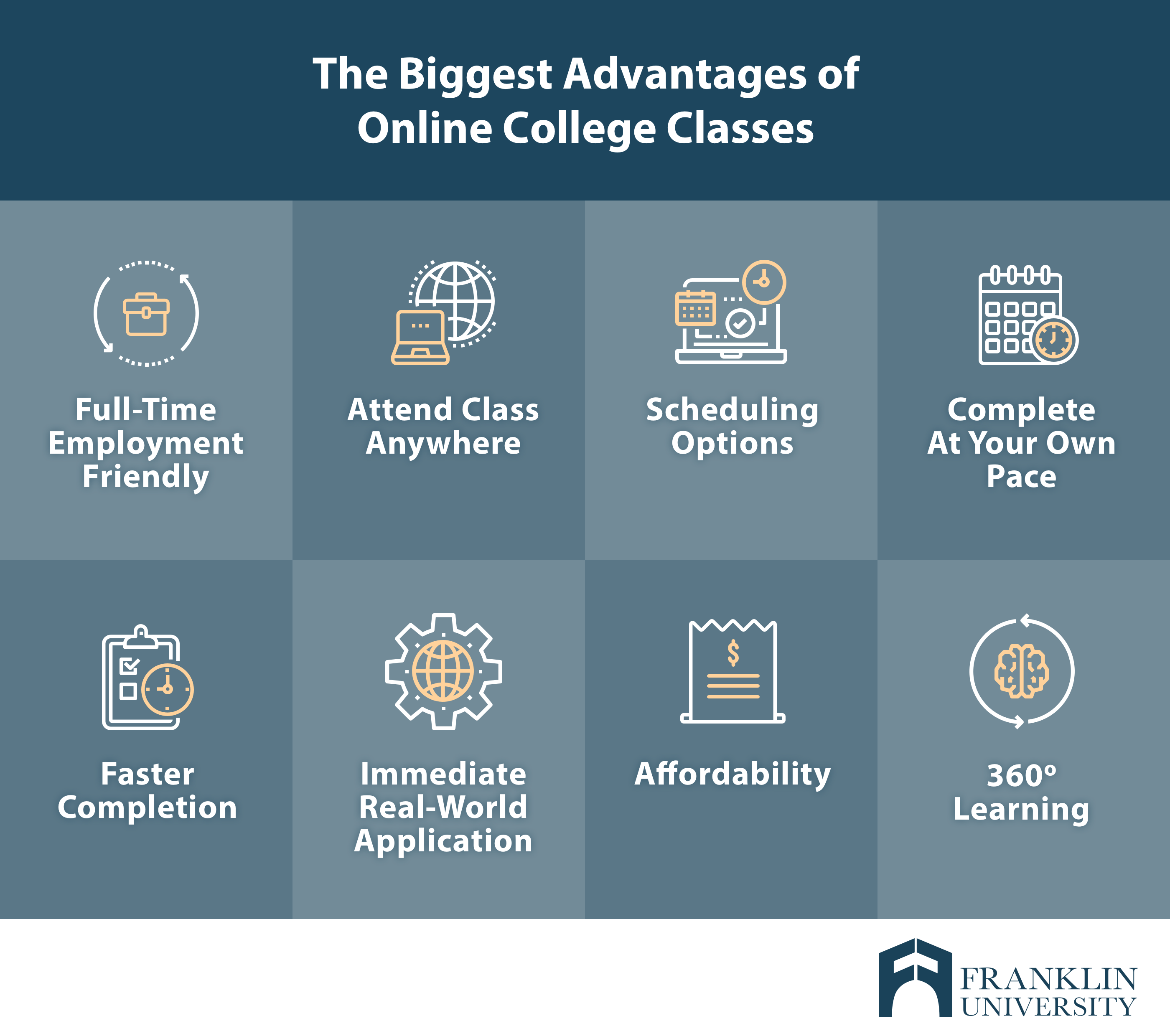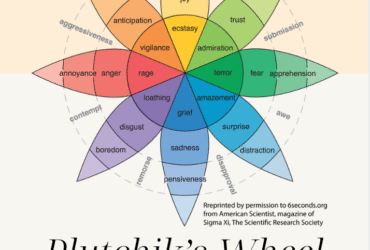Online learning and classroom learning offer similar quality education, with the latter providing social benefits. Online learning delivers content digitally, while classroom learning has fixed schedules and locations.
It requires more discipline and active participation, whereas online learning offers flexibility but limited interaction. Classroom learning can be more expensive due to additional costs like textbooks and transportation. Despite traditional classroom learning offering face-to-face interaction, eLearning provides convenience and flexibility.
It’s crucial to weigh the pros and cons of both options to determine the most suitable learning environment based on individual needs and preferences.

Credit: www.staffordglobal.org
Flexibility And Convenience
When comparing online learning vs. classroom learning, it’s essential to consider the aspect of flexibility and convenience. These factors play a significant role in determining the effectiveness of each mode of learning.
Advantages Of Online Learning
Online learning offers various advantages:
- Flexibility to access course materials and participate in learning activities at any time and from any location.
- Convenience for individuals with busy schedules or commitments, allowing them to balance work, family, and education.
- Access to a wide range of courses and programs from different institutions around the world, expanding learning opportunities.
- Personalized learning experience, where students can progress at their own pace and focus on areas of interest.
Challenges Of Traditional Classroom Learning
Traditional classroom learning presents certain challenges:
- Lack of flexibility in terms of fixed class schedules and location-bound learning, restricting accessibility for some individuals.
- Limited convenience for working professionals and individuals with various responsibilities, leading to potential barriers in pursuing education.
- Restricted access to diverse courses and programs, primarily limited to institutions within proximity.
- Less personalized learning experience with standardized curriculum and pace, potentially impacting individual learning styles.

Credit: www.franklin.edu
Interaction And Engagement
When comparing online learning to classroom learning, one key difference is the level of interaction and engagement. While classroom learning offers immediate instructor feedback and peer interaction, online learning may have limited opportunities for real-time engagement but provides flexibility and individual pacing.
Both modes offer unique benefits for different learning preferences.
Social Interaction In Classroom Learning
In traditional classroom settings, social interaction plays a crucial role in the learning process. Students have the opportunity to engage with their peers and interact with instructors face-to-face, fostering communication skills and collaborative learning.
Innovative Methods For Online Engagement
Online learning platforms have evolved to incorporate innovative methods to enhance student engagement. From virtual classrooms to interactive simulations, these tools aim to simulate the rich learning environment of a physical classroom.
In traditional classroom settings, social interaction plays a crucial role in the learning process. Students have the opportunity to engage with their peers and interact with instructors face-to-face, fostering communication skills and collaborative learning.
Online learning platforms have evolved to incorporate innovative methods to enhance student engagement. From virtual classrooms to interactive simulations, these tools aim to simulate the rich learning environment of a physical classroom.
Quality Of Education
In evaluating quality of education, online learning vs classroom learning presents no discernible disparities. Both offer engaging content delivery with varying levels of interactivity and instructor support. Students benefit from flexible scheduling in online settings, while traditional classrooms foster stronger discipline and direct teacher-student interaction.
Comparing Academic Standards
When it comes to the quality of education, both online learning and classroom learning adhere to certain academic standards. In traditional classrooms, these standards are often set by educational institutions and governing bodies. Similarly, online learning platforms also maintain rigorous academic standards to ensure that students receive a high-quality education. These standards may include a defined curriculum, learning objectives, assessment methods, and grading criteria.
Effectiveness Of Learning Outcomes
The effectiveness of learning outcomes is a crucial aspect to consider when comparing online learning and classroom learning. Students in both settings have the opportunity to gain knowledge and develop skills. In traditional classrooms, teachers provide live instruction and direct interaction with students, fostering a collaborative learning environment. On the other hand, online learning platforms use various methods such as online lectures, videos, simulations, and interactive quizzes to deliver educational content. Despite the different approaches, both modalities aim to achieve similar learning outcomes in terms of knowledge acquisition, comprehension, application, analysis, synthesis, and evaluation.
Ensuring Each Heading Adheres To HTML Syntax.
Comparing Academic Standards
Effectiveness Of Learning Outcomes
Ensuring Each Heading Adheres To HTML Syntax.
Cost And Accessibility
In today’s educational landscape, the debate between online learning and classroom learning has intensified, especially with regards to cost and accessibility. This blog post aims to delve into the economic considerations for students and the accessibility to diverse learning resources associated with both methods of learning.
Economic Considerations For Students
When it comes to economic considerations, the cost of education is a critical factor for many students. Online learning has gained popularity due to its potential for cost savings. The absence of commuting expenses, the flexibility to pursue part-time employment, and the ability to access digital resources often make online learning a more cost-effective option for students.
Accessibility To Diverse Learning Resources
Accessibility plays a pivotal role in the effectiveness of learning. Online learning provides diverse learning resources that are easily accessible to students regardless of their geographical location. From interactive multimedia content to online libraries and research materials, students have a wide array of resources at their fingertips. This accessibility fosters a dynamic learning environment and enhances the overall learning experience.
Frequently Asked Questions Of Online Learning Vs Classroom Learning
Which Is Better Online Learning Vs Classroom Learning?
Online learning and classroom learning are equally effective in terms of the quality of education. Online learning offers flexibility with no fixed schedule and limited interaction, while classroom learning provides a structured environment with face-to-face interaction. Both have their advantages and disadvantages, and the choice depends on individual preferences and circumstances.
What Is The Difference Between Online Class And Classroom Class?
Online learning delivers content through text, images, or videos, with limited interaction and a flexible schedule. Classroom learning has a fixed schedule and place, with face-to-face interaction and expert guidance. The quality of education is the same between online and classroom learning.
Is Online Learning Better Or Worse For Students?
Online learning offers flexibility and convenience for students, but lacks immediate access to instructors. Both methods provide quality education.
How Is Classroom Training Different From Online Training?
Classroom training offers direct access to expert trainers for immediate guidance, while online training may have limited instructor interaction. Both can provide quality education.
What Are The Advantages Of Online Learning Over Classroom Learning?
Online learning offers flexibility in terms of schedule, location, and pace of learning. It allows you to access learning materials anytime, anywhere, and at your own speed.
Conclusion
Online learning and classroom learning each have their own strengths and weaknesses. While online learning offers flexibility and convenience, classroom learning provides face-to-face interaction and immediate support from instructors. Ultimately, the best learning method depends on individual preferences and needs.
Both options can effectively deliver quality education.













































Leave a Reply